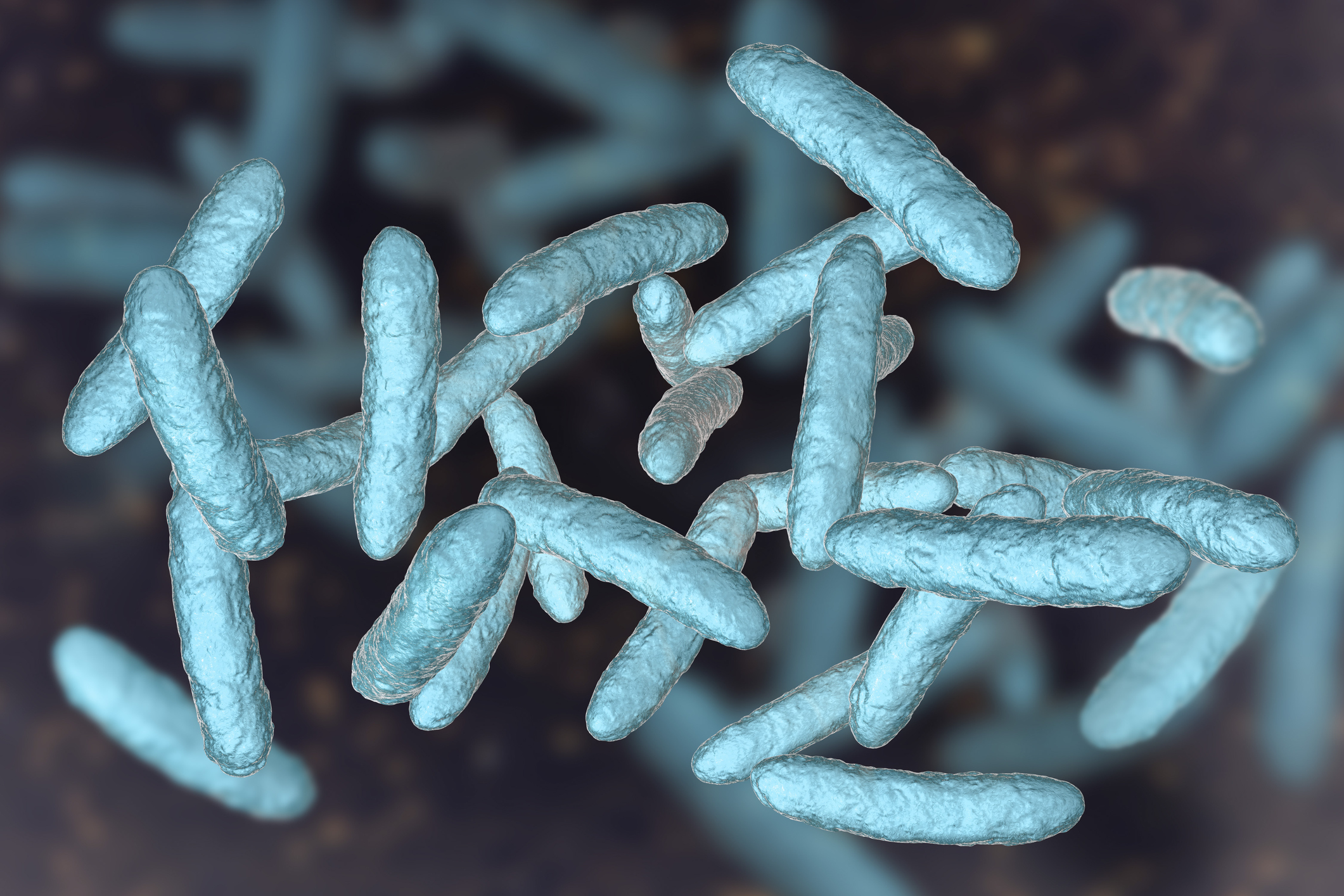Get Easy Health Digest™ in your inbox and don’t miss a thing when you subscribe today. Plus, get the free bonus report, Mother Nature’s Tips, Tricks and Remedies for Cholesterol, Blood Pressure & Blood Sugar as my way of saying welcome to the community!
The microbe shortage spreading disease

For decades, scientists have hypothesized that the bacteria and other friendly live microorganisms we consume through the foods we eat play a vital role in keeping us healthy.
It’s a hypothesis that’s become as good as gold in recent years, with research indicating our gut and the microorganisms that dwell there impact vitals such as blood pressure and our risks for more than two dozen other diseases.
Yet, due to our fast food and processed food culture (and depletion of beneficial bacteria in the soil), we get far less of the good microbes than our grandparents did.
Experts say that leaves most of with an ‘impoverished’ microbiome that’s contributing to improper immune system development, an increase in chronic diseases and other negative health outcomes.
But just how low are most of us on these health-promoting microbes?
Almost 75 percent of us are in big trouble
Scientists turned to a well-established US health and dietary database, the National Health and Nutrition Examination Survey (NHANES), to figure out just how low our diets really are on the microbes we need to stay healthy.
From there, the team of researchers assigned every food in the database an estimated range of live microbes per gram, creating categories of foods with low, medium and high levels of live microbes. Of course — the higher, the better for your gut.
Fermented foods, like yogurt, kimchi and sauerkraut landed, with more than 107 colony-forming units per gram landed in the “high” category. Fresh, uncooked fruits and vegetables, which also offer a good source of live microorganisms, made up the “medium” category at 104-107 cfu/g.
And you can probably figure out where all of the rest of the foods ended up…
After looking at the diets of nearly 75,000 children and adults over an 18-year period, the researchers determined that just 20 percent of children and 26 percent of adults regularly eat foods with high levels of the live microorganisms needed for optimal health.
Yup, almost three-quarters of adults and 80 percent of kids aren’t getting the friendly bacteria their bodies need to maintain health.
Talk about a sad state of modern affairs!
How does your diet stack up?
So, try a little exercise for me…
Think about the diet you eat on a day-to-day basis.
Is it rich in fermented foods that nourish your gut?
Does it at least provide high levels of fresh fruits and vegetables that fall into the medium category of live microorganisms?
Or like the vast majority of us, are you falling short on the bacteria you need to keep your gut up and running, your immune system strong and chronic disease at bay?
If you fall into that last category, or even the second one (like I did for far too many years than I like to remember), there’s work to be done that can pay off in big benefits to your health.
More greens, more fiber, fermented foods (if you choose yogurt, make sure it’s full-fat) and probiotics can get you started on the right path.
Editor’s note: Did you know that when you take your body from acid to alkaline you can boost your energy, lose weight, soothe digestion, avoid illness and achieve wellness? Click here to discover The Alkaline Secret to Ultimate Vitality and revive your life today!
Sources:
Quantifying the live microbes on your plate – EurekAlert!












